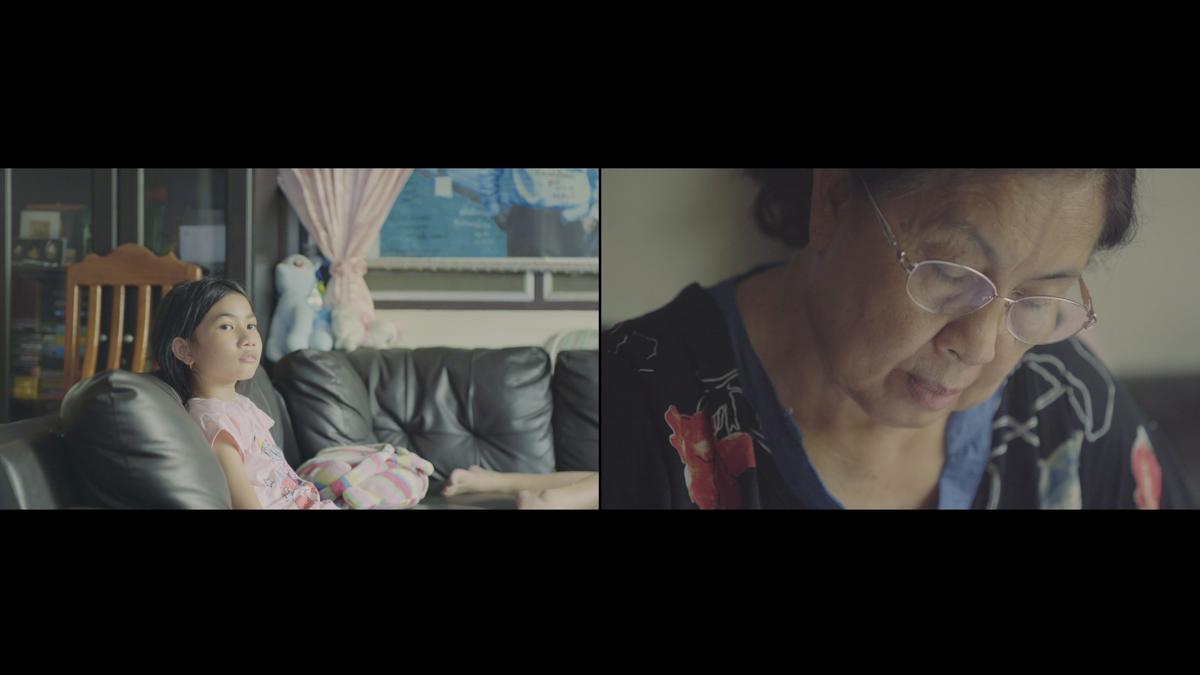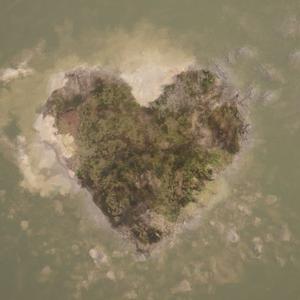Memory / Lapse
Why do we remember some things and not others?
Memory / Lapse is a programme of artists' moving image from Aotearoa, Malaysia, and Thailand that explores the space between memory and oblivion. Featuring artists MD Brown, Chanasorn Chaikitiporn, Sandy Gibbs, Heather Hayward, Susu 蘇子誠, and Eddie Wong, Memory / Lapse brings together late-night ruminations, Cold War histories, beloved pets, a forgotten husband, industrial labour, and a one-second film shot in New Orleans.
Memory can be both personal and collective. The artists in Memory / Lapse weave histories from a patchwork of individual testimony, public record, and material fragments. Our shared histories are not always recalled in strict alignment.
Using several generations of filmic technologies, Memory / Lapse also explores how the apparatus of the moving image has shaped and influenced our recollections. Teetering at the intersection of immediacy and ghostly erasure, these six works filter images and time through Super 8 film, a digital handycam, and AI-imagined video.
Memory / Lapse is commissioned by Te Matatiki Toi Ora The Arts Centre and is curated for CIRCUIT by Mark Williams.
Runtime: 60 minutes
Programme
Sandy Gibbs, Who remembers Wayne? (2005)
"Over a long weekend and unannounced, I visited old friends armed with my video camera and a piece of white paper which I unfolded and pinned on the wall behind them. I asked everyone the same question, "What do you remember about Wayne?" The disclaimer is that Wayne was my ex-husband, and no one had seen him for over 15 years. How they spoke, the body language they employed, their expressions, hesitations, and sometimes laughter—all these things became as important as what they actually said. During the editing process, I found myself honing in on these nuances and the gaps—those interstitial spaces that are nonetheless loaded with meaning. Not unexpectedly, I also faced my own crisis—through the final editing process, I became acutely aware that, in a serendipitous moment of role reversal, I now had control over his identity and was deeply implicit in how to resolve this work." — Sandy Gibbs
Eddie Wong, Portrait of the Jungle People / 山芭佬 (San-Ba-Lou) (2024)
In Portrait of the Jungle People / 山芭佬 (San-Ba-Lou), Malaysian Aotearoa artist Eddie Wong uses AI to create images of his grandfather’s life. Says the artist: "Since I was a child … I knew that my grandfather's portrait on his gravestone was wrong. I later learnt that his tomb was empty. All we knew about him was that he left his family and 'entered the jungle' to fight the British. We call him a 'jungle person'—'San-ba-lou', a Cantonese term used to describe the communist guerrillas. He likely died at the hands of the British colonial forces." Wong began Portrait of the Jungle People by using text as a prompt for an AI application to generate images. The final work emerges from a conflation of machine learning algorithms and postcolonial discourse, presenting the Malaysian-Chinese narrative as fluid and hallucinatory.
Heather Hayward, One Second in New Orleans (2014)
"This one-second film of a passing historical carriage tour and advancing ambulance is taken on the corner of Dumaine and Royal Street in New Orleans. I first visited this corner on Google Map Street View while in Wellington, New Zealand." Heather Hayward's one-second film was intended as a still, but the 'Live Photos' function on her phone took multiple stills in sequence, inadvertently creating a video. Presented in a screening, the work's brevity makes it only possible to recollect the images with uncertainty.
MD Brown, On the Low Shore (2001)
A man recollects his memories of a fight on a beach. Told as a stream of consciousness, On the Low Shore moves through his anger, self-questioning, and fantasy, while the images roll and fade in his mind. The interspersion of black frames amongst snatches of imagery hints at memory as an unavoidable intrusion.
Susu 蘇子誠, Coco and Aiai (2022)
"Coco and Aiai 可可愛愛 takes the names of Susu’s two cats who passed away in Taiwan while the artist was living in New Zealand. The video shows a digital rendering of a heart-shaped island, overlaid with written recollections of the beloved family members (in both English and Mandarin), combined with the sound of Susu’s father playing the piano. Creating a digital world from memories and lived experiences, Susu finds a way to be back with Coco and Aiai." — Andrew Kennedy (curator, Skin in craters like the moon, 2024, Te Tuhi)
Chansorn Chaikitiporn, Blinded by the Light (2021)
Blinded by the Light is a two-channel video installation commissioned by Thai Film Archive in celebration of 124th anniversary of the birth of Thai cinema. The work interrogates the double-sided effects of how cinema has changed and developed through time, and its impact on both workers in film productions and audiences along the way. Blinded by the Light makes passing reference to events in Thai political and military history, which, despite their significance, have been neglected in official histories, perhaps as a result of state influence in film production.



